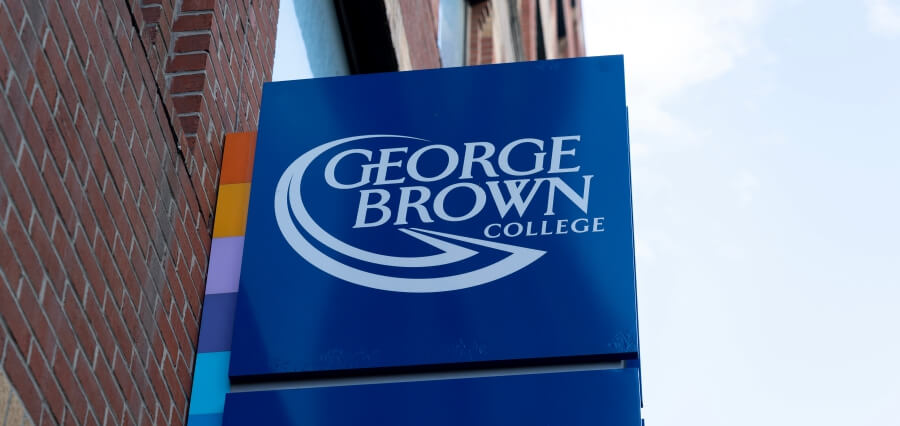Teaching and assessment is an important combination of sustainable learning which ensures meaningful and progressive education with the analysis of learning abilities of the students. The educators adopt different practices of assessment to quantify the progress of each student; which becomes a yardstick for training and encouraging them further. Several assessments are in practice including peer teaching, daily learning journals, depth of knowledge and many more.
Understanding the Concept of Depth of Knowledge
In order to answer a question or solve a problem, pupils’ depth of knowledge is a measure of how well they know, comprehend, and are aware of what they are studying. It groups activities according to the level of thought required to accomplish them, not the difficulty. Low difficulty does not always equate to low DOK, and vice versa. If I were to ask you to name the first President of the United States, for instance, all you would have to do is remember the answer (DOK 1), and you had a high chance of getting it right (low difficulty).
What if I asked you to list every US president, in chronological sequence, and the years they were in office? You would still need to remember the answer (DOK 1), but your chances of getting it right have drastically decreased (high difficulty). A detailed study of the presidents can lower the intensity of the difficulty, still the complexity of specified aspects will be there.
Fostering Learning through usage of Depth of Knowledge
It is imperative to understand the DOK of standards while designing the lessons and choosing the resources based on standards, to align to the difficulty levels at which the students are expected to reflect their understanding at the final accountability assessments in the colleges as well as the industry level.
There should be plenty of opportunity for students to participate at the level or levels of complexity specified by the standards, including opportunities at the lower DOK levels early in the learning process. Hess’ Cognitive Rigor Matrices are a useful tool for lesson planning and assessment design that aligns with the standards’ depth of expectations. The curriculum examples are simplified and divided by the subject area. The questions and tasks which coincide the requirements of cognitive difficulty, are selected during the process of forming the assignments.
Teachers can track and better understand where students are in their learning and which standards may need more resources and intervention to bring them up to the depth expectations by selecting assessment content that gives students multiple chances to demonstrate their understanding across various DOK levels.
Summary of Depth of Knowledge
Let’s summarize our understanding of Depth of Knowledge by defining what it IS and IS NOT.
DOK includes a number of functional elements, such as
1) One linguistic system that can distinguish between various degrees of complexity in terms of how students interact with their course materials is called Depth of Knowledge.
2) The application of depth of knowledge supports to interpret questions, prompts, assignments, learning objectives and standards.
3) The depth of knowledge helps to bolster the intentionality in teaching. It confirms in building a clear understanding in the students about toughness of the expectations and the lessons are customized to offer the chance to join and perform accordingly.
4) The depth of knowledge supports to differentiate between toughness and complexity.
The grouping of the tasks as per the level of mental complexity required to perform them, was customized in a process by name Webb’s Depth of Knowledge (DOK). The educators are provided with a framework for creating still higher intellectually triggering and difficult assignments. DOK becomes important to the teachers as it empowers them to ascertain the cognitive need of the tasks and take well-informed decisions on developing interesting learning experiences for the students. Webb’s DOK is comprised of four crucial layers. The 1st level has recall and reproduction, second level having concepts and skills, level three having strategic thinking and the level four having extended thinking.
The Webb’s Depth of Knowledge is a crucial resource to those teachers who think differently and look forward to provide the students with an exciting and interesting learning experience. The teachers get good assistance while developing assignments which calls for upper-level thinking from the students and promotes the interconnection of thoughts essential in using their knowledge in the real world working. DOK supports the teachers in focusing on the leaning of students and apply cognitive rigor to customize exercises which promote knowledge application and succeed academically as well.
The Webb’ DOK assists the teachers in grouping the tasks and assignments as per the volume of mental efforts required to complete them.
This framework is a useful tool for creating and assessing assignments that call for more in-depth comprehension and thought. Because the tasks on standardized tests are designed to examine different levels of rigor, DOK is especially helpful in these situations.
Webb’s Depth of Knowledge has four stages, each of which builds on the one before it and calls for higher degrees of cognitive complexity. Recall is the first stage, where students must merely retrieve knowledge from memory. This could include fundamental information like definitions, terminology, or historical details.
The second level requires the students to show their understanding of a particular skill or a topic respectively. The tasks including elaborating a topic, putting the facts to match the argument, summarizing the key aspects of the document, and more. The third level of DOK has knowledge application and comprehending different circumstances. It includes crafting research questions, developing and including various disciplines into a single project and analysing the initial sources to justify an argument.
The fourth level comprises of application of critical thinking, information amalgamation and evaluation of the arguments. It includes tasks like verification of the information sources, amalgamating the data from various sources to new product know-how, ascertaining if the argument is sound or contributing with new concepts and ideas.






